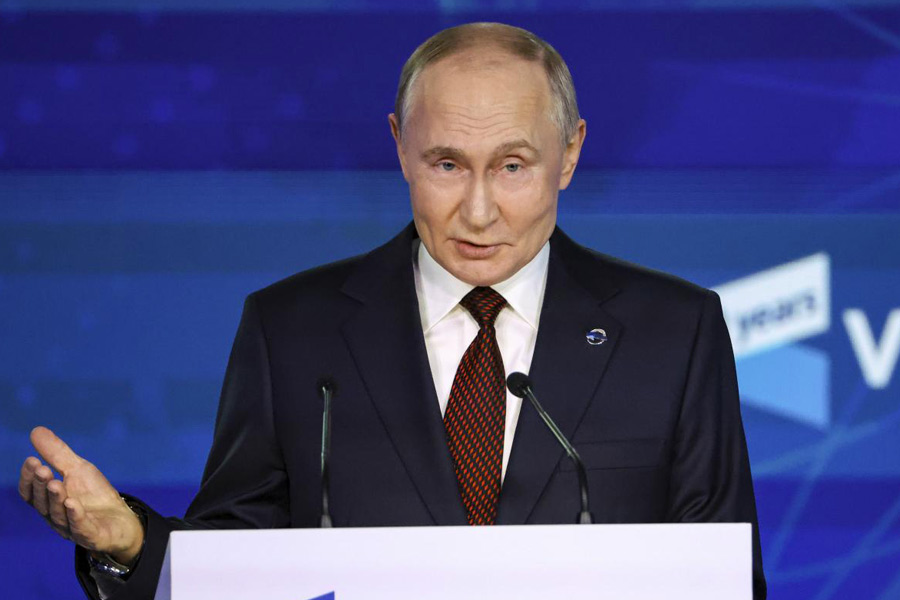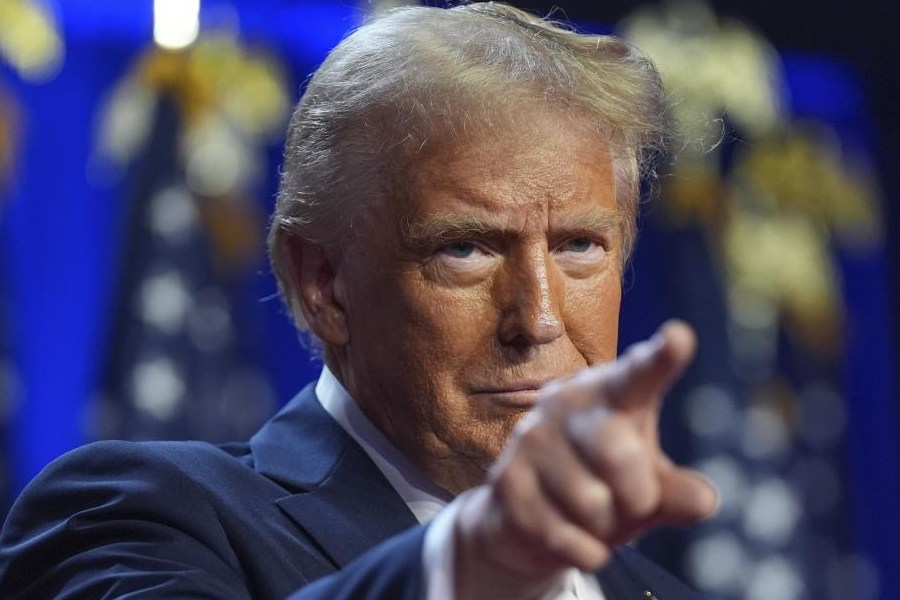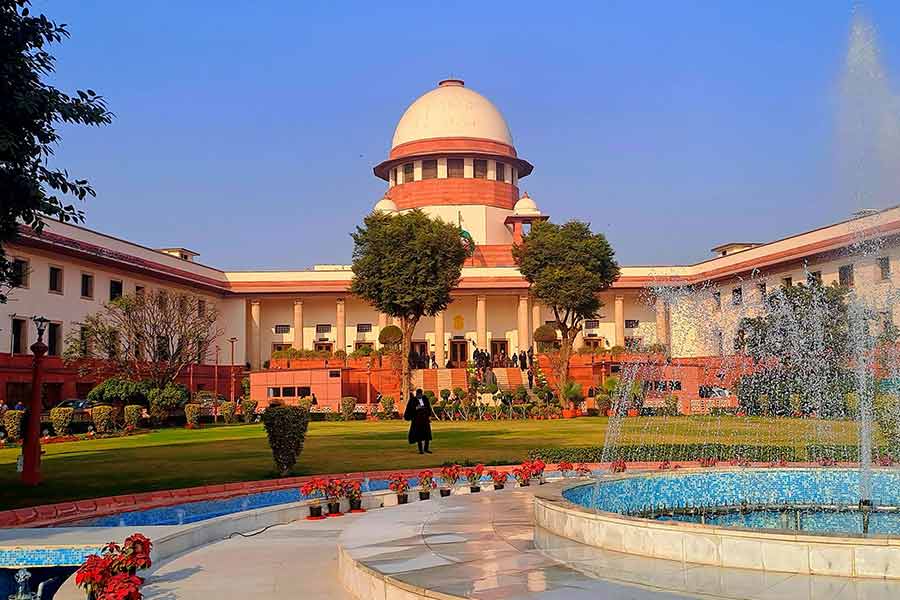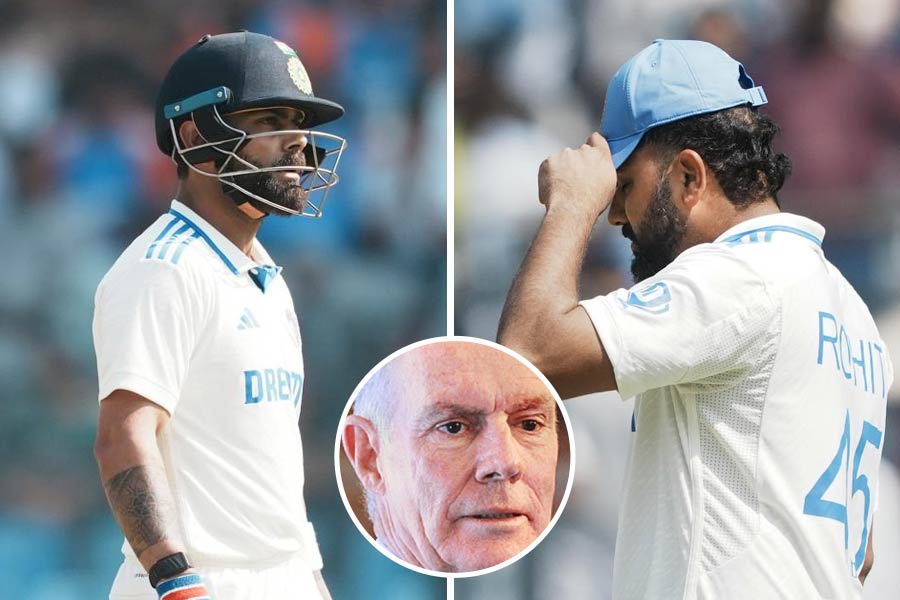A police officer in Jhargram who is nearing retirement needed a marriage certificate to nominate his wife for family pension. He was denied the certificate as she was only 17 when they married three decades ago.
“I shall retire in a few years. A marriage certificate is now compulsory to nominate my wife,” the officer said.
“When we married nearly 30 years ago, she was 17. The marriage registration office informed me that our marriage cannot be registered. Now I’m in deep trouble.”
Many others in Bengal have been facing similar problems since the Mamata Banerjee government amended the rules to lay down that even for post-marriage registrations, the husband and the wife must have been aged at least 21 and 18, respectively, when they married.
The order was issued a couple of months ago as a measure against child marriage after a study put three Bengal districts among the top five countrywide in the prevalence of underage marriages.
Relying on 2019-21 survey data, the study identified the top five districts as Murshidabad, East Midnapore and West Midnapore (Bengal) besides Samastipur and Lakhisarai (Bihar).
Of every 100 married women in these districts, 62 to 66 were married before they turned 18 — against a national average of 23 every 100 — the report by the International Institute for Population Sciences (IIPS), Mumbai, said.
Officials at Bengal’s social welfare department said couples who married early preferred post-marriage registration because the Special Marriage Act, 1954, while requiring both spouses to be at least 21 during post-marriage registration, did not specify a minimum age at the time of the wedding.
Many people used to take advantage of this loophole to marry young and register themselves only after they had turned 21, the officials added.
While plugging the loophole, the state government has also made it mandatory to provide proof of marriage — such as a wedding invitation card, wedding photograph, or an affidavit from a priest, cleric or local panchayat — at the time of post-marriage registration.
Further, furnishing a marriage registration certificate is now mandatory if a woman wants to claim the Bengal government’s financial aid for women who marry after 18.
“The software for the marriage portal has been updated to prevent the registration of marriages that took place when the individuals were underage. We are hopeful that such strict measures will help end child marriage in the future,” said the state secretary of the Marriage Officers’ Welfare Association, Jyotsna Mahato.
The Union law and justice ministry too issued a notification on October 10 asking notaries not to issue marriage-related certificates, and making the production of marriage registration certificates mandatory for any marriage-related changes sought to one’s Aadhaar or voter card.
Before this, many people who married below the age of 18 could secure a certificate from a notary public, allowing them to update their Aadhaar or voter cards with their spouse’s name and address.
Birth certificates
The Bengal government has also made it mandatory for parents to produce proof of their marriage if they apply for a birth certificate for their child, a move a senior lawyer criticised as “inhumane”.
“If the husband’s name is mentioned in the Aadhaar card of the mother, the document can be used as proof of marriage for the issuance of a birth certificate,” an official of Panskura municipality said.
Asked how the child of a single parent can procure a birth certificate then, Nanda Mishra, chairman of the Panskura municipality, said: “A certificate can be issued only if the child’s parents submit proof of marriage. We don’t have the provision to accommodate anyone else.”
Dipendranath Roy, chairman of the Tamralipta municipality, echoed Mishra.
Shankar Karak, a senior lawyer who practises at the East Midnapore district court, said: “Whether or not a couple are married, a child born of the relationship cannot be made to suffer. Every child born in this country has the right to get a birth certificate. The rules formulated for the issuance of birth certificates are inhumane and should be changed.”
The Supreme Court last month directed the Centre, states and Union Territories to appoint district-level officials to prevent child marriages, and make it a duty for collectors, SPs and judicial magistrates to act on any tip-off about a possible child marriage. It also recommended punishment for defaulting officials.
The IIPS study used data from the National Family Health Survey (NFHS) 2019-21, which showed the nationwide prevalence of child marriages dropping from 47 per cent in 2005-06 to 23 per cent in 2019-21.
The study found the prevalence of child marriages in Murshidabad to be 65.1 per cent — 2.8 times the national average. Of the 13 districts with prevalence rates higher than 60 per cent, nine were in Bihar, three in Bengal and one in Odisha.
Child marriage remains rampant in parts of Bengal despite the government introducing several welfare schemes for women such as Kanyashree, Rupashree and Lakshmir Bhandar.
The IIPS study, which covered 707 districts countrywide, identified 177 districts with child marriage prevalence rates between 37 per cent and 48.9 per cent, 218 with rates between 25 per cent and 36.9 per cent, and 173 with rates between 13 and 24.9 per cent.
It added that low education levels were a key factor behind high child marriage rates.










